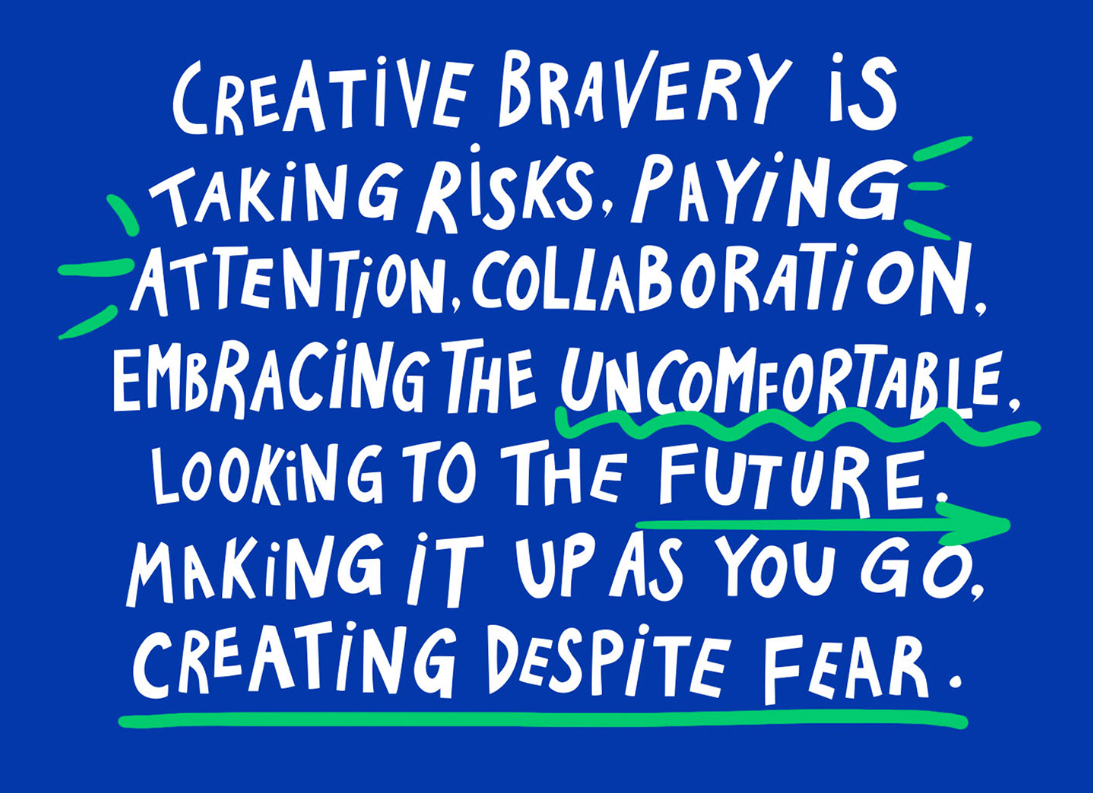Every marketer, from big budget advertisers to startups, has heard the “Fail Fast” advice first espoused by Mark Zuckerberg and his now famous “Move fast and break things” mantra. When it comes to marketing, though, “Fail Fast” often misleads marketers into making big mistakes. Let’s look at why this happens by analyzing the top marketing functions, tools and technologies that are often subject to the “Fail Fast” axe.
On the surface, “Fail Fast” approach makes perfect sense. No point in investing lots of money in a platform or program that won’t work. This mindset though reveals a gap in understanding about how these functions actually operate causing the “Fail Fast” mantra to be a self-fulfilling prophesy of failure. Let’s look at the top marketing functions to see how “Fail Fast” can fail marketers terribly.
1) SEO
This is one the most obvious places that most marketers understand that the “Fail Fast” principle may not be operative yet impatience abounds and marketers want to see fast results especially when they are paying an SEO agency every month to raise their organic search results. The truth is that SEO is the one of longest games in marketing, an ongoing activity encompassing content development and technical creativity.
The real objective of SEO is to “translate” how the “human” understands a page with what the search engine alogortyms understand about a page.
It may surprise some to think of SEO in creative terms but as any good creative task – it takes time to test, iterate and optimize. Nothing is fast about this process. Patience, endurance and a keen eye for content development are the needed ingredients for success. A “Fail Fast” attitude is needless baggage to be tossed out.
2) Content Marketing
Here’s another area where “Fail Fast” strategy is misapplied because people look at engagement analytics to see if people engaged with content in a very “binary” way. Understanding the stats of content correctly is vital to moving toward an organization’s goal to raise its profile in the right contextual moment.
Like most marketing functions, content marketing is better understood by recognizing content marketing involves a set of aligned and highly coordinated functions in content development and content distribution – all around macros topics a brand’s customers care about.
Nothing about this is fast – not creating content or creating the volume of content needed to make a dent in the SEO algos. Instead of making a fast decision about a piece of content that didn’t get high engagement, analyze content marketing through the lens of “topic campaigns” that can take months to play out. If you lose the “Fail Fast” strategy as an operating principle and stay the course with a topic campaign approach to content marketing, it will bear fruit.
3) Search Advertising (a.k.a. PPC)
Of all the marketing activities that often operate under the “Fail Fast” budget axe, this rises to the top of the heap. Unfortunately, this area of marketing is where “Fail Fast” does far more damage than one might expect.
Here’s how it often goes. Clients try to launch a few Search ad campaigns. Often they fail for many reasons including lack of expertise (this article explains why Google Search advertising is so hard: Top ways digital ad platforms hurt small businesses more than they help.) Virtually every time a client tries Search Ad campaigns, they give up. Enter Search agency that tells a client they have figured out how to maximize returns on Search advertising spend. Typically, a client doles out a test budget; “Let’s see how it goes” authorizing a four-to-six-week test.
Inevitably, the agency tries to explain the results in the best light they can because, unfortunately, often, the results don’t meet expectations.
This is not because of what agency did or didn’t do but because of the core levers deeply embedded in Search advertising that are designed to work against advertisers – especially new or smaller advertisers.
First, many advertisers simply don’t spend enough compared to large competitors to cause the Search engine to show their ad against the best keywords versus better funded advertisers. This means even a perfectly created Search ad may have dismal results because it was not shown enough.
Second, new or smaller advertisers have a major disadvantage with Google’s “site quality score” algos. Google quality score formula is a deep dark secret that is foundational to when Google shows an ad or not. New sites are at big disadvantage as are sites that don’t spend a lot on Google. All these factors go into the secret world of Google Quality Score.
Both factors explain why it is a bad idea to kill Search in a “Fast Fail” moment since improving a site’s quality score is incremental over time. I understand the frustration wanting answers about Search ROI but consider the alternate. Imagine not using Search advertising even it has the potential to be a real business builder.
4) Digital Media (such as programmatic media) powered by AI
Similar to Search Advertising, most clients throw test budgets into it and give it a month or maybe two to test out the platform. This area has an added kicker of confusion because the digital media platform will, undoubtedly, tout their AI engine better targets high quality audiences.
The real issue here is that it is virtually impossible to test one platform’s “AI” versus any other platform.
This reality muddles the waters because a platform may be a powerful candidate for a brand but the platform simply does not have time to optimize outcomes. The real risk for a brand is that they read bad results too fast and miss out on a platform that could be good for business.
In this case, the solution is twofold. First, vet the platform as thoroughly as you can – this includes doing some research on the founder to understand the values of a company and how transparent they are. Second (and this is tougher), abandon the idea of a “test before you buy” idea and do the hard work to research the tech of the platform. If, for instance, once a platform explains how their tech works and it defies understanding or leaves you queasy, consider moving on. There are no short cuts for creating the trust needed to feel good about one platform versus another but with a long-term commitment, advertisers can get the best a platform is able to deliver.
5) eMail Marketing
This is one of the areas where you might have thought “Fail Fast” makes a lot of sense. Did the email get opens and drive traffic? Simple yes/ no question that fits neatly into the “Fail Fast” principle.
Not so fast friends because one must realize that no email stands alone. It must be analyzed in the context of what has come before and what will come after.
Better think of email marketing as an engagement program over time. A best practices approach is to pick a theme for the campaign, then create a series of emails around that theme but with different messages. One email might be educational information. The second email might be an offer and the third email might be an asset the user can use – a free template or free images. Creating these curated engagement takes thoughtfulness and time. No “Fail Fast” strategy will be helpful here.
At the end of the day, the most basic misconception about marketing, especially startup marketing, is that “smarts” will reveal the silver bullet or a few tactics that can propel a business … fast. This concept is one of those marketing fairy tales, as unlikely as finding unicorns or fairies. It’s far more practical to operate with the understanding that marketing is a long game where, mostly, following a “Fail Fast” attitude is likely to mislead companies causing them to stumble. The process of conversion is a very human process that is cognitively dissonant with what “Fail Fast” represents. Time to move on from this seductive but flawed concept.





